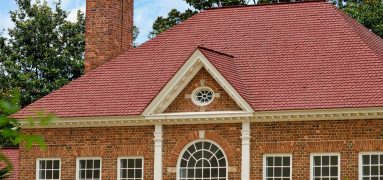What Is A Smart Building?

What IoT is and how it can keep us sustainable
These days, we're surrounded by smart technology: smart phones, smart televisions, smart appliances. This wave of smart-tech has reached practically every industry-- including the building industry. But what exactly are smart buildings? And what is their purpose?
These buildings operate using IoT, which stands for “internet of things.” An IoT connects all of a building’s functions in order to collect, analyze, and utilize data to make smart decisions. An IoT will take in information from sensors to most efficiently control the building’s lighting, HVAC/climate, and security.
So how is a smart building and its IoT more sustainable than a regular building?
Buildings require a lot of energy to power them and fossil fuels to maintain their temperature. In fact, buildings create 38% of the US’s carbon emissions.
With a smart building, the IoT constantly monitors the building’s functions and energy usage to calculate the most efficient practices for energy, water, and fuel usage. And, in doing so, it reduces the cost of the building’s operations. They also integrate renewable energy sources such as solar power to cut down on carbon emissions to boost their sustainability.
One example of a smart building is The Edge, located in London. According to a project developer, The Edge saves 71% of a normal building’s carbon dioxide usage and £500,000 a year on energy costs.
There are a lot of great benefits to building smart. If you’re looking to construct a new smart building or want to introduce automated controls into your current building, contact our engineers and technicians today. Our BMS experts have years of experience and are eager to make your smart building dreams come true.



